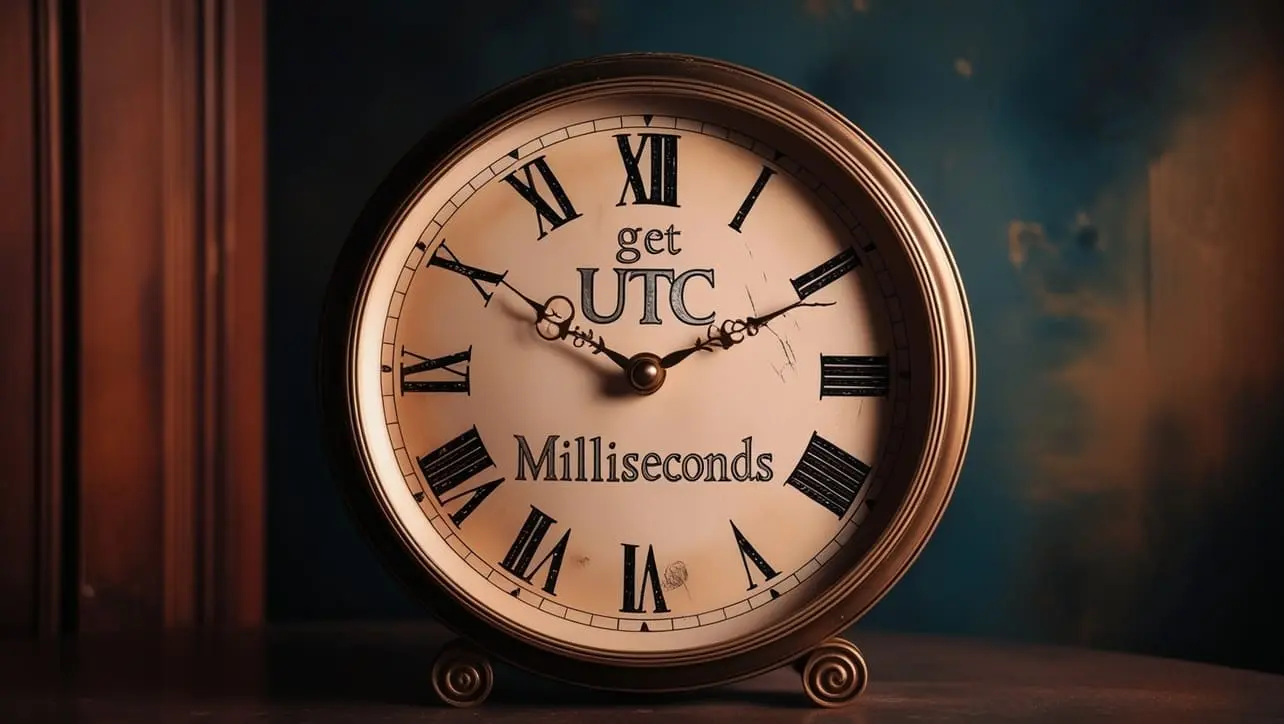
JS Topics
- JS Intro
- JS File Handling
- JS Array Methods
- JS Console Methods
- JS Date Methods
- getDate()
- getDay()
- getFullYear()
- getHours()
- getMilliseconds()
- getMinutes()
- getMonth()
- getSeconds()
- getTime()
- getTimezoneOffset()
- getUTCDate()
- getUTCDay()
- getUTCFullYear()
- getUTCHours()
- getUTCMilliseconds()
- getUTCMinutes()
- getUTCMonth()
- getUTCSeconds()
- now()
- parse()
- setDate()
- setFullYear()
- setHours()
- setMilliseconds()
- setMinutes()
- setMonth()
- setSeconds()
- setTime()
- setUTCDate()
- setUTCFullYear()
- setUTCHours()
- setUTCMilliseconds()
- setUTCMinutes()
- setUTCMonth()
- setUTCSeconds()
- toDateString()
- toISOString()
- toJSON()
- toLocaleDateString()
- toLocaleString()
- toLocaleTimeString()
- toString()
- toTimeString()
- toUTCString()
- UTC()
- valueOf()
- JS Navigator Methods
- JS Node Methods
- JS Number Methods
- JS String Properties
- JS String Methods
- JS Window Methods
- JS Cookies
- JS Interview Programs
- JS Star Pattern
- JS Number Pattern
- JS Alphabet Pattern
JavaScript Date getUTCMilliseconds() Method

Photo Credit to CodeToFun
🙋 Introduction
Working with dates and times is a crucial aspect of many applications, and JavaScript's Date object provides various methods to facilitate these operations. One such method is getUTCMilliseconds(), which allows you to retrieve the milliseconds component of a date in Coordinated Universal Time (UTC).
In this guide, we'll delve into the syntax, usage, best practices, and practical examples of the getUTCMilliseconds() method.
🧠 Understanding getUTCMilliseconds() Method
The getUTCMilliseconds() method is a part of the Date object in JavaScript. It returns the milliseconds component of a date, according to the UTC time zone.
💡 Syntax
The syntax for the getUTCMilliseconds() method is straightforward:
date.getUTCMilliseconds();- date: The Date object from which you want to retrieve the milliseconds.
📝 Example
Let's explore a basic example to illustrate the usage of the getUTCMilliseconds() method:
// Creating a Date object with the current date and time
const currentDate = new Date();
// Using getUTCMilliseconds() to obtain the milliseconds
const milliseconds = currentDate.getUTCMilliseconds();
console.log(`Milliseconds: ${milliseconds}`);In this example, getUTCMilliseconds() is applied to the current date, and the result is logged to the console.
🏆 Best Practices
When working with the getUTCMilliseconds() method, consider the following best practices:
Ensure Proper Date Object:
Confirm that the object on which you are calling
getUTCMilliseconds()is indeed a Date object to avoid errors.example.jsCopiedconst potentialDate = new Date(); if (potentialDate instanceof Date) { const milliseconds = potentialDate.getUTCMilliseconds(); console.log(`Milliseconds: ${milliseconds}`); } else { console.error('Invalid date object.'); }Handle Edge Cases:
Be aware that
getUTCMilliseconds()returns a value between 0 and 999. Handle any potential edge cases in your application logic.example.jsCopiedfunction getMillisecondsWithFallback(date) { if (date instanceof Date) { const milliseconds = date.getUTCMilliseconds(); // Handle edge case where milliseconds are outside the expected range return Math.min(Math.max(milliseconds, 0), 999); } else { console.error('Invalid date object.'); return null; } } const potentialDate = new Date(); const sanitizedMilliseconds = getMillisecondsWithFallback(potentialDate); if (sanitizedMilliseconds !== null) { console.log(`Sanitized Milliseconds: ${sanitizedMilliseconds}`); }In this example, the getMillisecondsWithFallback function ensures that the retrieved milliseconds are within the expected range (0 to 999).
📚 Use Cases
Timing Operations:
The
getUTCMilliseconds()method is useful when precise timing is required in applications, such as measuring the duration of specific operations.example.jsCopiedconst start = new Date(); // Perform some time-consuming operation const end = new Date(); const durationMilliseconds = end.getUTCMilliseconds() - start.getUTCMilliseconds(); console.log(`Operation took ${durationMilliseconds} milliseconds.`);
🎉 Conclusion
The getUTCMilliseconds() method is a valuable tool when dealing with dates and times in a UTC context. By incorporating it into your JavaScript applications, you can efficiently extract the milliseconds component of a Date object.
By adhering to best practices and exploring diverse use cases, you can harness the full potential of the getUTCMilliseconds() method in your JavaScript projects.
👨💻 Join our Community:
Author

For over eight years, I worked as a full-stack web developer. Now, I have chosen my profession as a full-time blogger at codetofun.com.
Buy me a coffee to make codetofun.com free for everyone.
Buy me a Coffee












If you have any doubts regarding this article (JavaScript Date getUTCMilliseconds() Method), please comment here. I will help you immediately.